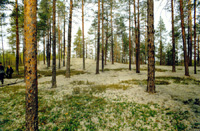 |
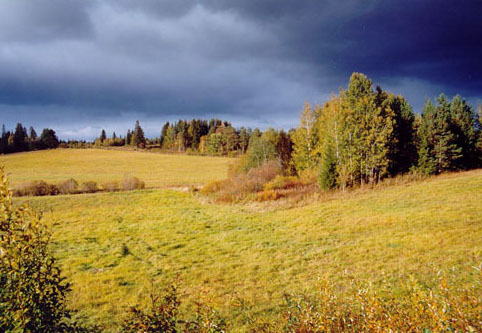 |
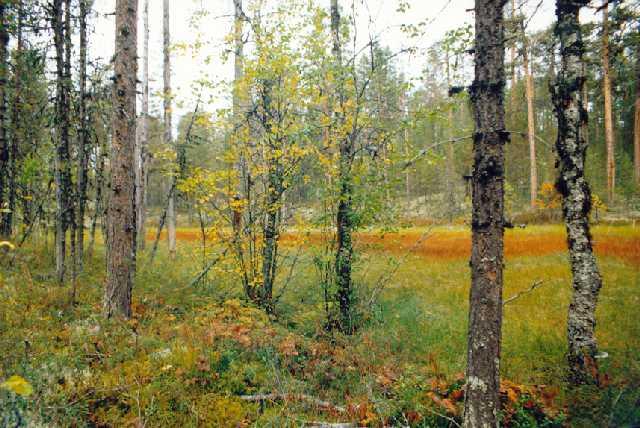 |
Karelia is a taiga region. Forests cover more than 55% of its territory. Pine forests predominate in the northern part of the republic but huge fir-greens can also be found there. The southern part in turn is mostly planted with fir-plantations. In sum coniferous woods occupy 88% of the wood-covered area. All the rest of it is covered with birch-woods, aspen-woods and alder-trees, which can be met all over Karelia but mostly in the southern parts.
In the forests of the southern Karelia, particularly on Zaonezhskiy Peninsula and in Prionezhje, small areas of Karelian birch can be found, although it mostly grows among ordinary birch-woods. Karelian birch is a short tree with uneven, bumpy or ribbed trunk. It is considered to be one of the most valuable wood species in the world. Karelian birch has won international recognition for its beautiful patterned wood, which is rated highly among the cabinet-makers. Goods made of Karelian birch can be seen both in common Karelian houses and famous museums.
In the woods of south-eastern Karelia plantations of Siberian larch, which form the western border of its natural habitat here, are widespread. Deciduous species - lime-trees, maples and elms, enter the republic from the south. There is one more deciduous tree - black alder - which can form long-boled plants in the most unsuitable places, for example, on marshy, but necessarily flowing bogs. Black alder’s timber has a reddish tint and is highly estimated in joinery.
Pine-woods are very common for Karelia. Pine is able to grow either on dry and sandy soil or on over dewy bog. However it feels the best growing in the conditions of a temperate moistening on a soil rich with mineral resources. Here it creates so called greenmossed pineries, under flat of which the cover of bushes magnificently expands: bilberries, cranberries, crowberries, wild rosemary, and also many other wood herbs.
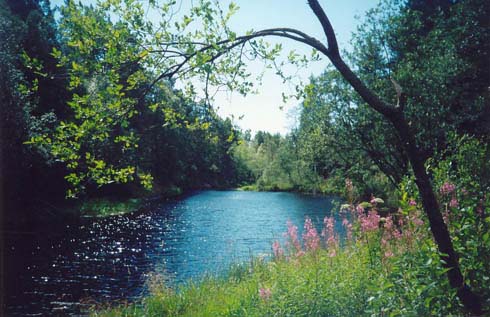 |
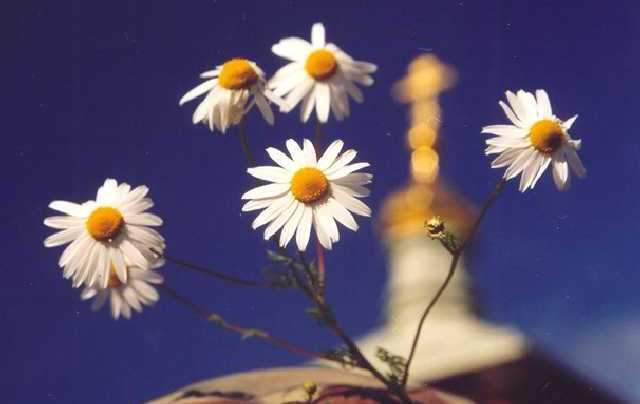 |
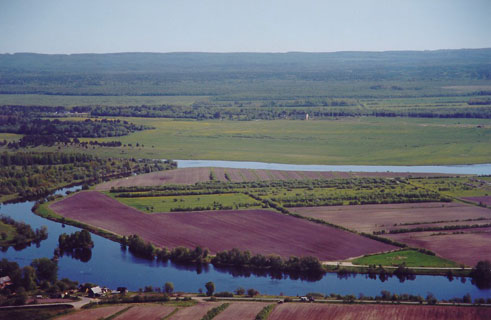 |
There are also willows, bird cherries, ash berries, alder trees, junipers, spurge-flaxes undergrowth. Pine plantations, growing on sandy ground or rocky ridges, are united in group of lichen pineries. Lichens and Iceland mosses that create soil cover are the most favorite forage of wood reindeer. Sometimes the most beautiful and multicolored scale lichens are springing up on rocks and boulders. These pineries are the best places for gathering mushrooms and quite often for cranberries. Waterlogged pineries form least fruitful open stands of trees, under flat of which grows a wide variety of mosses, such as wild rosemary, great bilberry, cloudberry and other.
It is twice less plantations with prevalence of a fir-tree, than with prevalence of a pine - about 28% of a wood covered territory. In the south they occupy mainly divide territories, in the north – well drained slopes of large ridges and river valleys. In a cover of closed fir-woods prevail green mosses, and in more rarefied – bilberry and wood motley grass.
Plantations under 40 years old (saplings) prevail in the Karelian woods. They fall to the share 1/3 of a wood covered territory, further go mature forests and overmature forests, and then middle-aged forests. The deforested felling is almost none. Such ratio of different age groups in the Karelian woods, from the tourist point of view, is rather successful, as it creates the greater landscape variety, enriches tourist’s knowledge about a nature of wood, and is favorably for gathering mushrooms and berries.
Swamps, occupying with waterlogged woods almost 30% of the republic territory are the other characteristic feature of the Karelian landscape. They are extremely varied as on the size, configurations and on structure of a vegetative cover. On an origin of swamps, they are divided into low-lying, fed by subsoil waters, high-lying, damped mainly with atmospheric precipitation, and transitive, having mixed character of feeding.
On low-lying swamps being reserves for creation of agricultural production, prevails grassy verdure such as thickets of reeds, horse-tails, buckbean, Potentilla; on high-lying swamps - cotton-grass, mosses and march bushes such as cranberries, great bilberries, and cloudberries. Large massifs of high-lying swamps are advanced on Pribelomorskoy lowland, low-lying – on Shuiskoi, Olonetskoi, Korzinskoi, and Ladvinskoi lowlands. Small swamps meet practically everywhere, occupying all low lands in the relief, not filled with lakes. However, in the long run marsh plants quite often completely suck in a water surface, and lakes turn into quaking bogs.
Mountains also make the verdure of the Karelia multifarious. On the highest of them it is possible to see zonal types of verdure: taiga, as raising to the top, is turning into forest-tundra, which, in turn, is changing into mountain-tundra and even into stony common. Such change can be observed on knolls of national park “Paanayarvi”.
In separate areas of the south of Karelia, especially in Priladozsh’e and Prionezsh’e, it is possible to see significant spaces of meadows and fields, reminding of landscapes in the Russian Middle Age. They were formed, as a rule, on places of wood cutting and hewing.
Meadows, stretching by a strip from 40 meters up to 1-1.5 kms. along a seaside of the White Sea, have another characteristic feature. They are native meadows that were formed on sea alluvion higher of a level of inflow. They are divided into a number of zones, differing on character of an herb cover, which is connected to various influence of salty sea waters. As moving away from a shore, such meadows turn into high-lying swamps.
